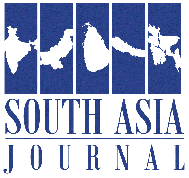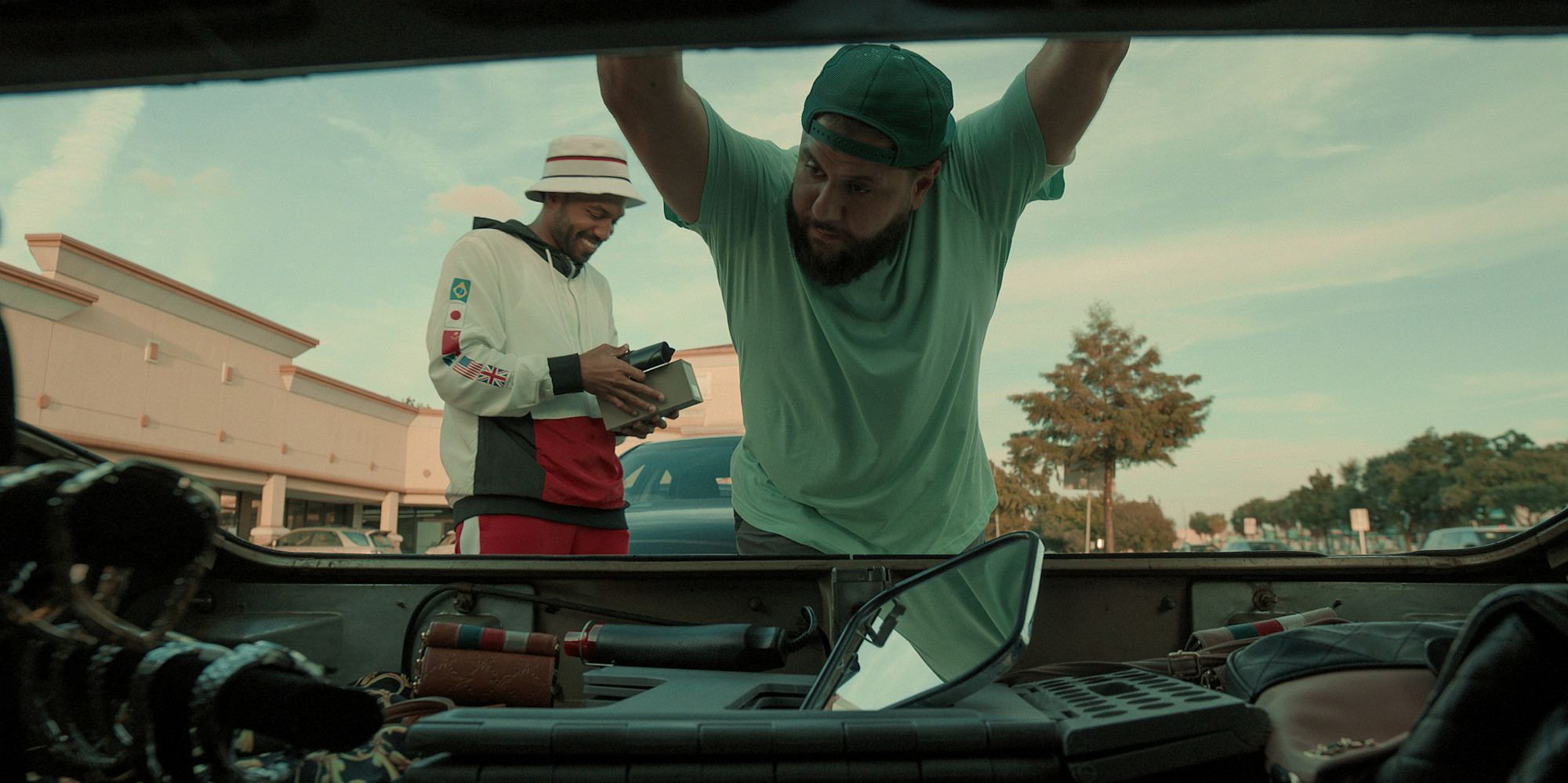(RNS) — Seeing an actor perform salah — Muslim ritual prayer — on television is nothing new these days. But seeing someone who actually is Muslim uttering Muslim phrases or performing salah with a natural ease, not some cringey Hollywood version Islamic prayer? Well, that makes one’s heart sing.
The second season of “Mo,” a semi-autobiographical version of comedian Mo Amer’s life, dropped on Netflix at the end of January, and the buzz has been spreading, especially among Palestinian, Arab and Muslim American audiences. Many of us feel not only seen but healed in some ways by the depiction of an authentic Palestinian Houstonian American story: a refugee seeking asylum in the United States for 22 years while never forgetting his proud Palestinian roots.
Television programs like “Mo” or the British comedy “We Are Lady Parts” (which dropped its second season last summer) show how instrumental popular culture can be in shifting narratives when it comes to the Muslim and MENA (Middle East and North Africa) experience.
It’s nice when “Grey’s Anatomy” or “9-1-1 Lone Star” includes a character who wears hijab, but the situations don’t always feel authentic. Consider, for instance, the requisite “hijab comes off in a crisis moment” scene on “9-1-1 Lone Star,” in which the Muslim character’s colleagues shield her with their firemen’s coats until she can tug her scarf back on. The scenario does show more respect for the hijab than scenes in which a character proudly removing the hijab is equated with regaining one’s freedom. But ask me how many times my hijab came off in a crisis.
Shows like “Mo” or “We Are Lady Parts” or Hulu’s newly released “Muslim Matchmaker,” on the other hand, allow Muslims to see ourselves in the entertainment we consume. They avoid reductive narratives and open up the landscape for so many stories to be told and shared. They also raise the question: Whose representation matters when shows about Muslims and other minorities reach mainstream audiences? What’s representation and what’s merely “inclusion”?
Maytha Alhassen, a Stanford University lecturer and media scholar who helped produce and write the Hulu dramedy “Ramy” and the PBS documentary series “American Muslims: A History Revealed,” said authentic representation of minorities isn’t just about how many writers from different communities are in the writer’s room. “It’s not just the process around storytelling or the representation. It’s also the format,” said Alhassen.
MENA and Muslim writers “come from communities that tell stories differently,” she explained. “They’re not linear, they can be meandering. There’s not always a hero’s story.” But the traditional television formulas and writing techniques that most television (or film) scripts follow “are rooted in Western psychologies. We’re trying to fit our stories into the brains of white, Western, male academics,” said Alhassen.
“So, it’s not just about changing the narrative,” she said, “but changing the narrative system.”
Vice President JD Vance’s memoir about his boyhood in Appalachia, “Hillbilly Elegy,” which was made into a Netflix movie in 2020, comes to mind. At the time (and again after he joined President Donald Trump’s ticket last summer), many Appalachians pushed back against the commercially successful telling of his story. Why? As this PopSugar piece explains, mainstream audiences want their media to reaffirm certain tropes about Appalachians, whether they represent the whole of Appalachia or not.
Similarly, it feels as if American audiences are glad to welcome Muslims to their media, but only if they fit into audiences’ ideas of what Muslims’ lives might be like: awkward scenes of shedding one’s hijab, having a romance with a non-Muslim or defying one’s parents. Instead, “We Are Lady Parts,” written and directed by Nida Manzoor, follows the musical aspirations of a punk rock all-female Muslim band. I fell hard for this show, which walks a beautiful line between humor, practicing one’s faith and finding tenuously halal ways to rock out.
Season 2 also managed to introduce storylines about identity crisis or romantic woes without being clichéd or seeing Muslims through a non-Muslim gaze. When, in the first episode of the season, the band members discover they’re already being imitated by a tribute band called Second Wife, band member Bisma (played by Faith Omole) asks: “Sisters, are we really going to buy into the narrative that there is one slot for us? Only one band of Muslim women allowed to exist? When our whole thing is that we support the greater sisterhood?”
“We Are Lady Parts” enjoyed critical success but didn’t make waves in the U.S. — likely because it’s a deeply British comedy, but also perhaps because it wasn’t the kind of story Western audiences like to see when it comes to Muslims. It wasn’t inclusion, it was representation.
Changing the narrative of a community is a “slow, iterative process,” Alhassen said, in which the constant question is whether a show’s writing is leading toward something. “Or do we need to radically transform how storytelling is not just produced, but how it’s engaged?”
Engagement around the second — and sadly, final — season of “Mo” is growing, with glowing reviews showing up everywhere. Among the many things it does well, it complements Mo’s journey with a rich second storyline exploring his older brother Sameer’s (Omar Elba) late-in-life autism diagnosis. Sameer’s mother (Farah Bsieso) is reluctant for her son to seek therapy and an official diagnosis, a dynamic I’ve seen time and time again in immigrant and first-generation disability families.
The confluence of American, refugee, Palestinian, Muslim and autism storylines in “Mo” is an exercise of how uplifting different intersecting narratives can reach larger audiences in ways that are authentic and connective. And I, for one, am ready for more.
SOURCE : religionnews


